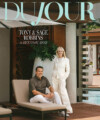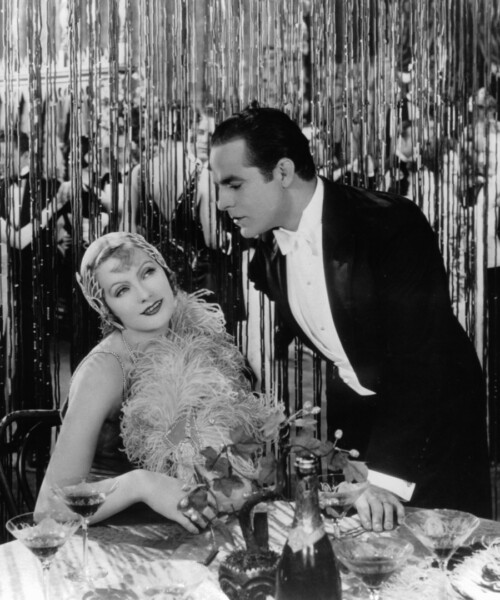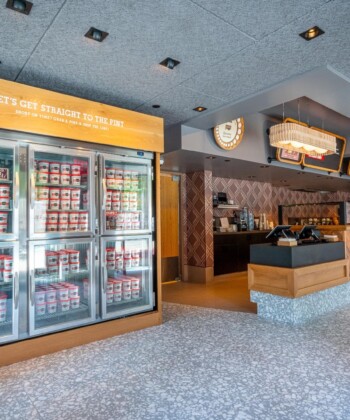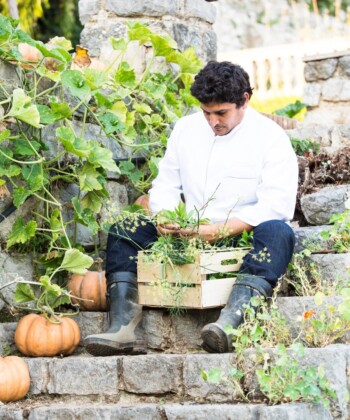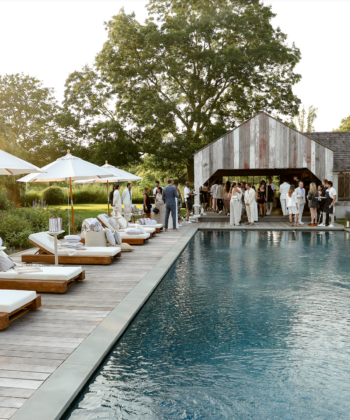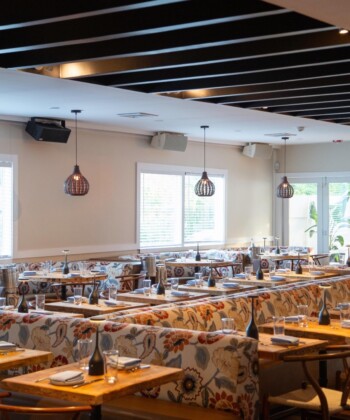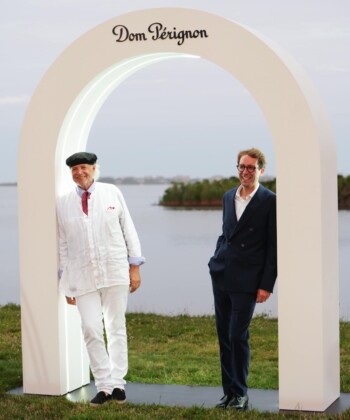With the intense seasonal jockeying to launch new restaurants each fall, I can’t help but think about the rigors of survival. I find myself longing for the reassurance of the legendary restaurants. Spago and Michael’s are almost senior citizens in Los Angeles. Chicago’s Cape Cod Room is 81 years old. Joe’s Stone Crab has survived the South Beach boom, Miami bust and yet another boom.
In New York, fabled restaurants that seemed unquenchable, like Lüchow’s on 14th Street and Gage & Tollner in Brooklyn, vanished. The real Lindy’s, a Broadway institution of guys and dolls that opened in 1921, is gone, along with its strawberry cheesecake.
The Brown Derby, with movie stars at every table, where I discovered Cobb salad as an 8-year-old in Los Angeles, lost cachet for me when it became a chain. So did The Palm when it went national, though the 1926 original Palm still thrives on Second Avenue with the cartoons of ink-stained stalwarts on the wall. But the venerable Tadich Grill survives in San Francisco. I remember James Beard urging me not to miss it 40 years ago.
Even as a green and underpaid transplant to New York, I was aware of its instant landmark ambition when the Four Seasons, designed by Mies van der Rohe and Philip Johnson, opened in the Seagram Building in 1959. Critic Craig Claiborne found the avatar of Contemporary American cuisine not as refined as that in his favorite bastions of French cooking, but he raved over the fresh herbs grown in pots in the kitchen and exotic mushrooms rarely encountered in an American restaurant. Today the glasses are no longer lead crystal. Nor will you see waiters marching like Rockettes at the dramatic California Barrel Tastings in a room stuffed with grape nuts, culinary stars and press. But the menu type and live plants do change with the season, as the demanding restaurateur Joe Baum once ordained. Moreover, there are still tiny croissants in the bread dish, the metal curtains ripple in the Pool Room and the intense competition in the Grill by financial and publishing moguls—not just for tables but for particular tables—continues.
I remember coming to the Four Seasons for a sort-of-celebration dinner after my husband and I had decided to divorce. The house put a personal floral arrangement on the ledge next to our table for two. That is what can tie you to a legendary restaurant. It becomes part of your history. It gives you the intimacy and ownership of a small town in a vast anonymous city.
As New Yorkers (my ex-husband born, me a fierce transplant), we’d grown up in legendary restaurants. He introduced me to the Brooklyn places his parents shared with him: Lundy’s, where he taught me how to stand too close and make diners itchy and uncomfortable so they’d eat faster and vacate their table. And Peter Luger’s, where you were supposed to pretend the rude waiter wasn’t offending you.
A legendary restaurant may hang on, with a glimmer of its onetime powerful aura, or it can seem evergreen. Such a restaurant is likely to have an owner or generations of a family that never forget your face. The ringmaster at the door makes you feel essential, even more important when you are ushered to a royal banquette and watch as the come-latelies are banished to shadowy back rooms. The generation that “owned” the bar and the tables in the Bar Room at “21” Club don’t get out much anymore. But a passion for the legendary by a parade of owners has kept “21” alive. You might still need to be recognized to win a table in the first room, where, during and after Prohibition, presidents and kings of industry were protected from the hoi polloi. Cosmopolitan’s editor Helen Gurley Brown once confessed to me that when she first came to run the magazine, she scheduled all her advertiser lunches at “21” so that proprietor Jerry Burns would come to know her and give her a kiss when she arrived.
On the first Sunday in October, I arrived for the debut brunch in the legendary Rainbow Room, restored after it had been closed five years. Dozens of cooks stood at attention in the spokes of an ambitious buffet. It was a dazzling blue-sky day. And as I surveyed the daunting temptations, the sun on crystal beads hanging at the window made a rainbow on the gray carpet.





















